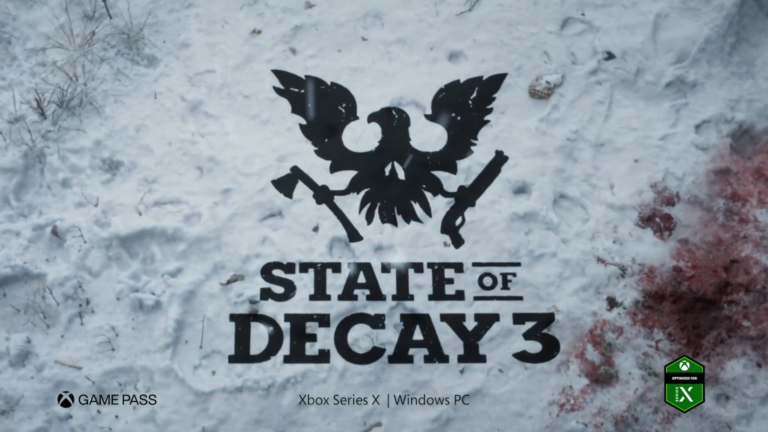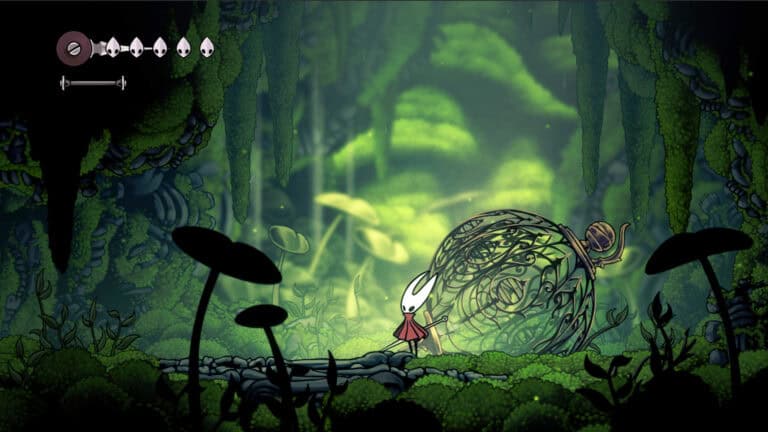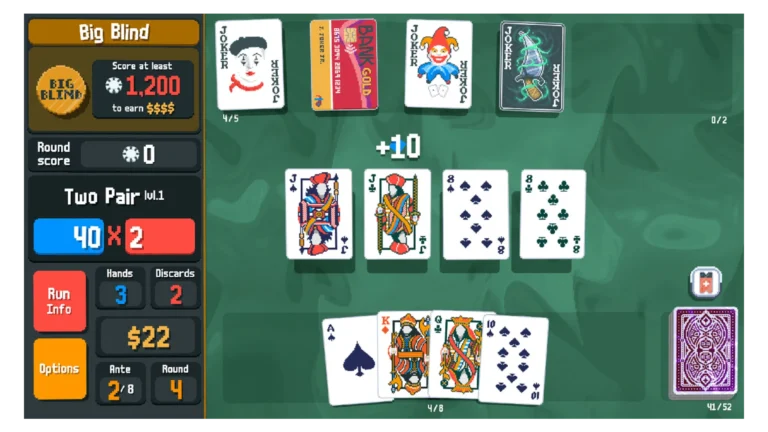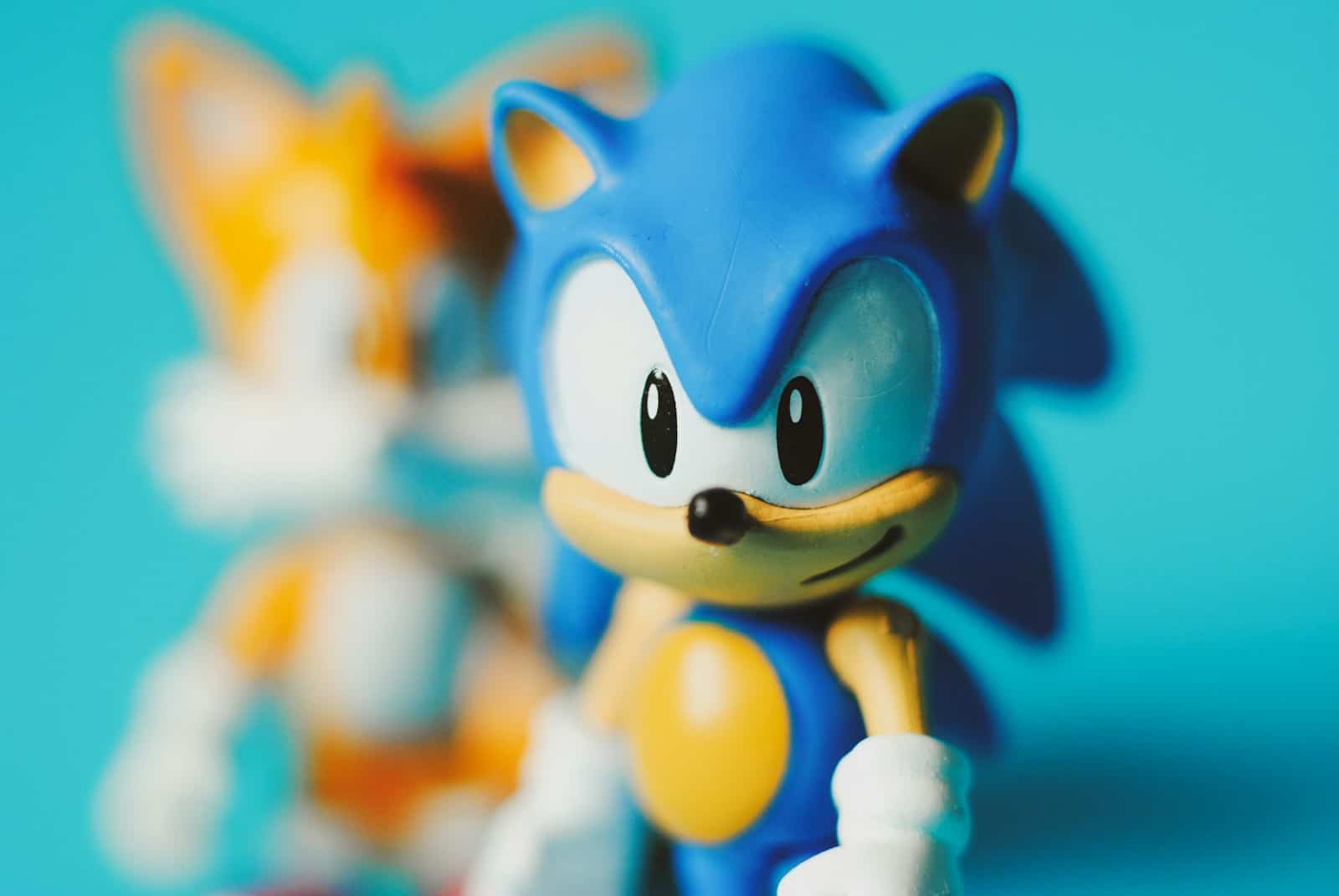
Sonic the Hedgehog is speeding into the second half of 2025 with major updates across games, live events, and mobile content. Whether you’re a longtime fan or a curious newcomer, here’s everything happening in the Sonic universe right now—with fresh context to help you understand the bigger picture.
Sonic Racing: CrossWorlds – Guest Character Speculation Heats Up
A new piece of promotional artwork for Sonic Racing: CrossWorlds ignited a frenzy of speculation across social media. The image featured a glowing triangular symbol many mistook for Nintendo’s iconic Triforce, raising hopes that Link might join the roster. But veteran fans were quick to point out the shape closely resembles the Hojo Clan insignia, which ties more directly to Espio the Chameleon’s backstory in the extended Sonic canon.
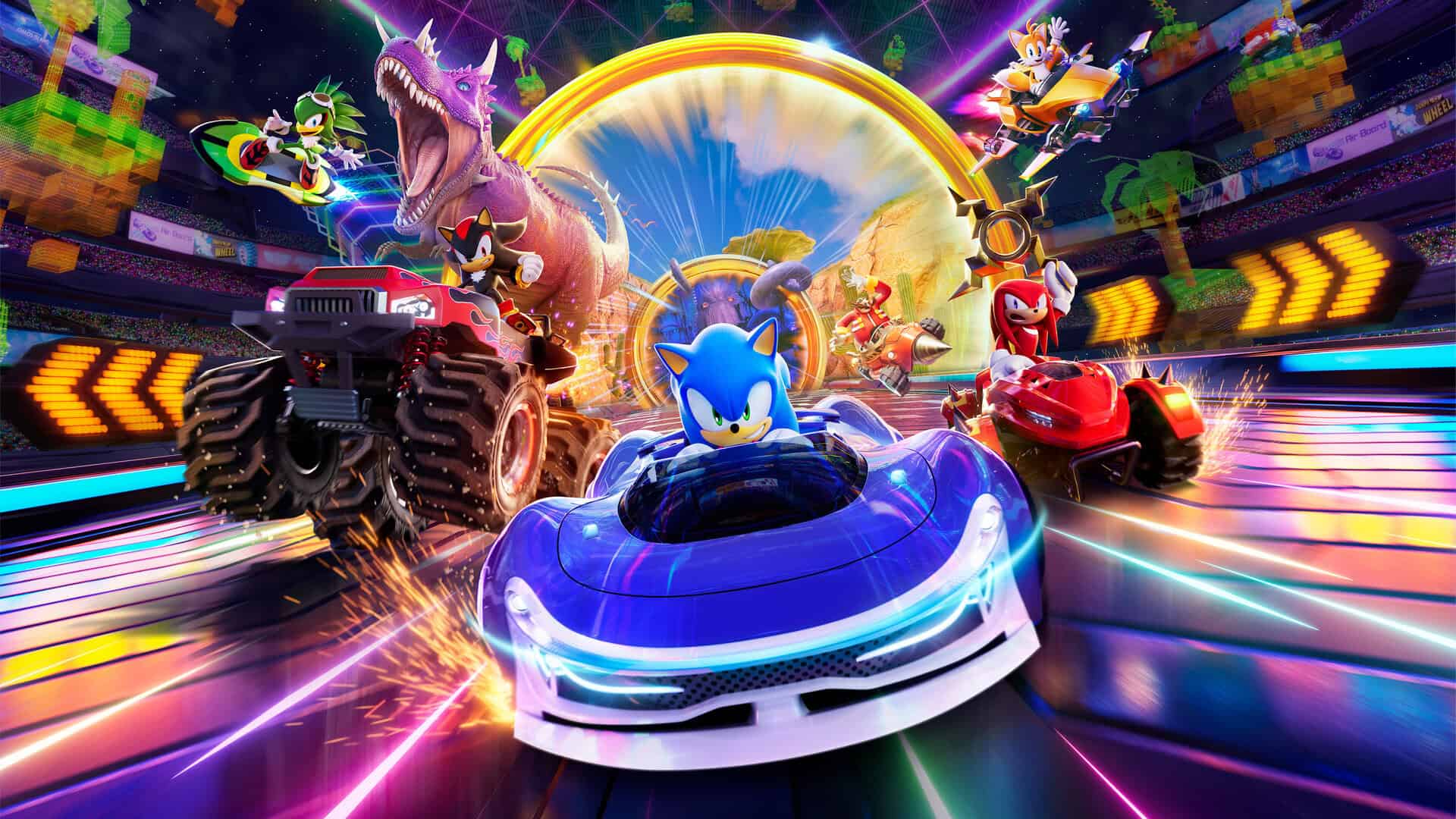
Despite the Triforce confusion, Sega has already confirmed an ambitious lineup of guest characters from across gaming and pop culture. Among the confirmed racers:
- Hatsune Miku – the global virtual pop sensation
- Joker – the Phantom Thief from Persona 5
- Steve – from Minecraft, bringing blocky charm
- Ichiban Kasuga – the charismatic hero of Yakuza: Like a Dragon
What’s especially notable is Sega’s strategic expansion into crossover territory, building on the multiverse trend that’s dominating games like Fortnite, Multiversus, and Super Smash Bros. Ultimate.
No Cross-Franchise Dialogue, Says Sonic Team
Despite the massive guest roster, Sonic Team head Takashi Iizuka recently clarified that CrossWorlds won’t feature character interactions between the Sonic universe and its guest stars. This decision keeps the game grounded in its own lore while still delivering fanservice through appearances and playable content.
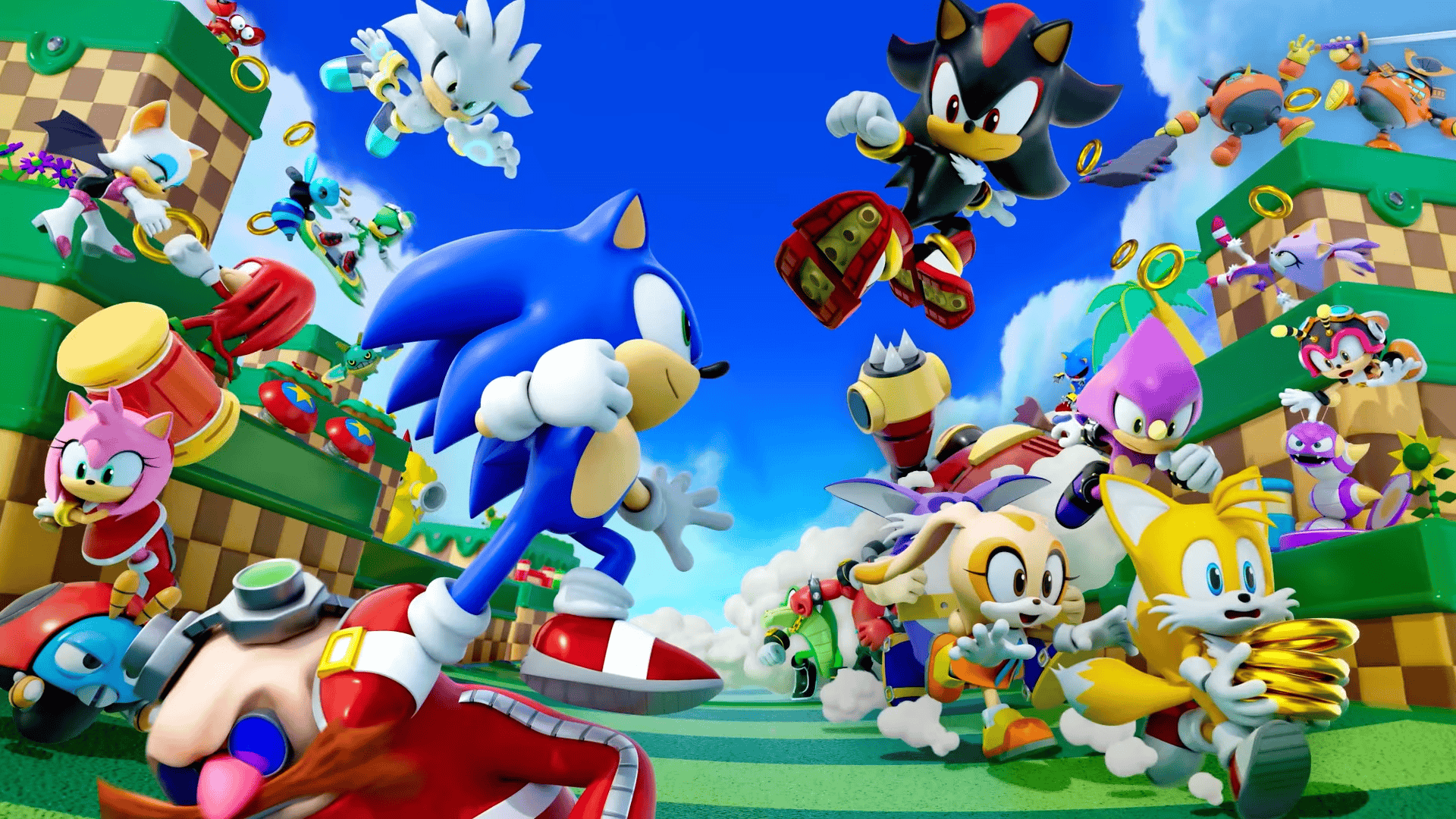
This approach mirrors Sega’s historical stance of treating Sonic’s world as narratively self-contained—even during previous crossovers like Sonic & Sega All-Stars Racing or Mario & Sonic at the Olympic Games.
Official Launch Details for Sonic Racing: CrossWorlds
After months of anticipation, Sonic Racing: CrossWorlds has locked in its global release date: September 25, 2025. It will debut on PS4, PS5, Xbox One, Xbox Series X|S, Nintendo Switch, and PC—with a Nintendo Switch 2 version in the works, expected later this year.
The game promises:
- Cross-platform multiplayer
- A Season Pass with themed content drops
- Unique racing environments across classic Sonic zones and guest-inspired tracks
Early hands-on previews describe the gameplay as a fusion of kart racing and high-speed platforming, taking cues from both Sonic & All-Stars Racing Transformed and Nintendo’s Mario Kart 8 Deluxe, while leveraging a more narrative-driven progression system.
Sonic Symphony World Tour 2025 Put on Hold
In disappointing news for fans of Sonic’s music legacy, the Sonic Symphony World Tour has been indefinitely paused. Originally set to hit cities like San Antonio, Sugar Land, and Seattle this summer, the tour’s sudden cancellation left many wondering if future dates will be rescheduled or abandoned entirely.
The tour had been positioned as a centerpiece for Sonic’s anniversary celebrations, following its successful orchestral debut in 2021. No official statement has been given beyond logistical complications, but fans are holding out hope for a return in 2026.
Mobile Games: New Events for Sonic Dream Team & Sonic Rumble
Sonic fans on mobile haven’t been left out. Two of Sega Hardlight’s mobile titles are seeing fresh content:
- Sonic Dream Team will receive a June 12 update, featuring new collectible statues, music tracks, and costumes—continuing its evolution into a more RPG-inspired experience.
- Sonic Rumble is currently running a Sonic Prime crossover event through June 13, adding alternate-universe variants like Tails Nine, Rebel Rouge, and Eggman to the skin roster. The event ties in with the ongoing popularity of Sonic Prime on Netflix, which has kept younger audiences engaged with the franchise.
From bold crossovers to live symphonies and mobile expansions, Sonic’s world in 2025 is fast, unpredictable, and full of surprises. Whether you’re racing online or diving into mobile updates, there’s never been a more dynamic time to be a Sonic fan.
The Best Sonic the Hedgehog Games
Sonic the Hedgehog has been racing through video game history for over three decades, leaving behind a trail of memorable adventures. From the classic 16-bit era to modern 3D worlds, the blue blur has starred in dozens of games across multiple platforms. Each title brings its own unique spin on speed, platforming, and colorful worlds.
The best Sonic games combine lightning-fast gameplay with creative level design and that signature attitude that made the character a gaming icon. Whether you prefer the pixel-perfect precision of the Genesis classics like Sonic 3 And Knuckles or modern interpretations like Sonic Generations, there’s something special about Sonic’s greatest hits that keeps fans coming back for more high-speed adventures.
1: Sonic Generations
Sonic Generations stands as a celebration of the blue blur’s legacy. Released to mark Sonic’s 20th anniversary, this game brings together classic and modern gameplay styles in one cohesive experience.
You’ll enjoy playing as both classic and modern versions of Sonic. Classic Sonic gives you that nostalgic 2D platforming feel, while modern Sonic delivers the high-speed 3D action many fans love.
The level design represents some of the franchise’s best work. Each stage offers reimagined versions of iconic locations from Sonic’s history, from Green Hill Zone to City Escape.
The visual presentation impresses with vibrant colors and smooth animations. Both old and new environments have been crafted with attention to detail that captures the essence of what makes Sonic games special.
Music in Sonic Generations deserves special mention. You’ll hear both original and remixed versions of classic Sonic tunes that perfectly complement each stage.
Boss battles provide solid challenges without feeling unfair. The confrontations with Sonic’s classic villains serve as exciting punctuation marks between stages.
For many, this game ranks among the best in the series. The combination of polished gameplay, nostalgic elements, and modern features creates an experience that both longtime fans and newcomers can appreciate.
You’ll find Sonic Generations offers excellent replay value through its challenge missions and time trials. These additional activities extend the gameplay beyond the main story.
2: Sonic Mania
Sonic Mania stands out as one of the best Sonic games ever created. Many fans consider it the best Sonic game in the entire series, perfectly capturing the spirit of the classic titles.
Released as a love letter to longtime fans, Sonic Mania combines reimagined zones from past games with fresh new areas. You’ll experience a perfect blend of nostalgia and innovation as you speed through colorful, intricate levels.
The gameplay feels incredibly responsive, with Sonic, Tails, and Knuckles all handling just as you remember. The physics system perfectly replicates what made the Genesis classics so satisfying to play.
Sonic Mania appears consistently in top Sonic game rankings, often in the top three positions. Its pixel art style is gorgeous, capturing the essence of 16-bit gaming while adding modern flourishes and animations.
The music deserves special mention, with catchy remixes of classic tunes alongside new compositions that feel right at home in the Sonic universe. You’ll find yourself humming these tracks long after you’ve stopped playing.
Special stages and bonus rounds make a triumphant return, challenging you with UFO chases and blue sphere collections. These diversions add variety while staying true to Sonic tradition.
With its tight controls, creative level design, and authentic retro feel, Sonic Mania delivers exactly what you want from a 2D Sonic game. It proves that the classic formula still works perfectly when executed with care and passion.
3: Sonic CD
Sonic CD stands as one of the most distinctive entries in the classic Sonic lineup. Released for the Sega CD add-on in 1993, this game introduced several innovative mechanics that set it apart from other Sonic titles.
The time travel feature gives you a unique gameplay experience. You can move between past, present, and future versions of each level, with each time period offering different layouts and challenges. This adds depth to exploration that other Sonic games don’t have.
The music in Sonic CD is widely considered the best in the series. With different soundtracks for Japanese and American releases, the game offers memorable tunes that perfectly complement the colorful visuals.
Sonic CD also introduced Metal Sonic, one of the most iconic villains in the franchise. Your race against this robotic doppelgänger remains one of gaming’s most memorable boss encounters.
The level design in Sonic CD is particularly creative. While some fans find it more maze-like than the straightforward speed runs of other Sonic games, this different approach rewards careful exploration and mastery of Sonic’s abilities.
You’ll notice the game has a stronger story focus than previous entries. The animated intro and outro sequences add narrative weight to your adventure to save Little Planet from Dr. Robotnik.
For many fans, Sonic CD represents the perfect balance of speed, exploration, and creativity that defines the best of what Sonic games can offer.
4: Sonic Colors
Sonic Colors stands out as one of the most beloved entries in the Sonic franchise. Released for the Nintendo Wii, this game brought fresh ideas to the series while maintaining the speed and excitement fans expect.
The game introduced Wisps, colorful alien creatures that give Sonic special powers. These powers let you transform into a drill, rocket, or laser, adding variety to gameplay and exploration options.
Level design in Sonic Colors is exceptional. Many fans consider it to have some of the most imaginative and thrilling level designs in the entire series. Aquarium Park, for example, showcases the creativity that makes this game special.
You’ll notice the perfect balance between 2D and 3D gameplay sections. This hybrid approach gives you the best of both worlds, with tight platforming and exhilarating speed sections.
The visual style still holds up today, with vibrant colors and diverse environments that feel like a theme park in space. Each zone has its own distinct personality and challenges.
Many Sonic fans consider Colors to be a step up from previous entries. The tight controls and focused gameplay helped restore faith in the franchise after some less popular titles.
Even the first level gets praise from players. Some fans point to the opening stage as one of their favorite parts of the game, setting the tone for the adventure ahead.
5: Sonic the Hedgehog 2
Released in 1992, Sonic the Hedgehog 2 took everything great about the original game and made it even better. Many fans consider it to be the best Sonic game ever made, hitting the perfect balance between speed, platforming, and challenge.
You’ll immediately notice the addition of Tails, Sonic’s two-tailed fox friend who can either be controlled by a second player or follow Sonic as an AI companion. This cooperative element adds a new dimension to the gameplay that wasn’t present in the original.
The level design in Sonic 2 is outstanding. From the iconic Chemical Plant Zone to the dazzling Casino Night Zone, each area offers unique mechanics and obstacles that keep you engaged. The game strikes an ideal balance between fast-paced sections and thoughtful platforming challenges.
Sonic 2 introduced the spin dash move, which has become a staple of the series. This technique allows you to rev up in place before zooming forward, giving you more control over Sonic’s momentum and making the gameplay more fluid.
The special stages, where you collect rings in a half-pipe to earn Chaos Emeralds, provide a nice change of pace from the main levels. These segments are challenging yet rewarding, encouraging you to perfect your timing.
The game consistently ranks high on best Sonic games lists, often appearing in the top three. Its timeless appeal comes from its perfectly tuned gameplay, memorable music, and colorful visuals that still hold up remarkably well today.
6: Sonic 3 & Knuckles
Sonic 3 & Knuckles stands as a milestone in the franchise, often praised for how it blends speed and platforming better than almost any other Sonic game. When you play this Genesis classic, you’ll immediately notice its visual polish and smooth gameplay mechanics.
The level design in this game deserves special recognition. You’ll experience perfectly crafted zones that allow for both high-speed thrills and thoughtful platforming challenges. Each act feels distinct while maintaining excellent pacing throughout.
This title represents the culmination of what made the classic Sonic formula work so well. You can choose between three playable characters—Sonic, Tails, and Knuckles—each offering unique abilities that change how you approach each level.
The soundtrack deserves mention too, featuring memorable tunes that perfectly complement each zone. Many fans consider these compositions among the best in gaming history, despite some controversy surrounding their creation.
The game consistently ranks high on “best of” lists, appearing as #6 on IGN’s top Sonic games and #8 on Hardcore Gamer’s list. This consistent recognition speaks to its lasting impact on the franchise.
What makes Sonic 3 & Knuckles particularly special is how it expanded the series’ storytelling. You’ll witness narrative elements unfold through gameplay rather than lengthy cutscenes, establishing a connection between zones that creates a cohesive world.
The game’s difficulty curve is expertly balanced. You’ll find enough challenge to remain engaged without feeling frustrated, making it accessible for newcomers while satisfying veterans.
7: Sonic Adventure
Sonic Adventure marked a significant milestone as the blue blur’s first major 3D adventure. Released in 1998 for the Sega Dreamcast, this game brought Sonic’s high-speed gameplay into a new dimension.
You’ll find six playable characters in Sonic Adventure, each with unique abilities and storylines. Sonic zooms through levels with his trademark speed, while Knuckles hunts for shards of the Master Emerald.
The game introduced hub worlds where you can explore between action stages. These adventure fields let you interact with NPCs and discover secrets at your own pace.
Sonic Adventure’s visual presentation was groundbreaking for its time. The detailed environments and fluid character animations showed what the Dreamcast hardware could achieve.
The soundtrack deserves special mention. Composed by Jun Senoue, the energetic music perfectly complements the fast-paced gameplay and adds to the excitement.
While some aspects haven’t aged perfectly, Sonic Adventure remains beloved by fans for its ambition and creativity. It successfully translated Sonic’s speed-based gameplay into 3D while adding story depth.
You can now play this classic on multiple platforms through various re-releases, making it accessible to new generations of Sonic fans. Its influence can be seen in many 3D Sonic titles that followed.
8: Sonic Rush
Sonic Rush stands as one of the most impressive handheld Sonic games ever created. Released for the Nintendo DS in 2005, this game brilliantly utilized the system’s dual screens to create a unique platforming experience.
You’ll immediately notice the game’s fantastic sense of speed. Sonic Rush introduces the “Tension Gauge” that fills as you perform tricks, boosting your acceleration to exhilarating levels that capture the essence of what makes Sonic games special.
The addition of Blaze the Cat as a playable character gives you two distinct storylines to enjoy. Each character has slightly different abilities, adding replay value as you experience both perspectives of the adventure.
The vibrant, colorful visuals pop off the screen, making excellent use of the DS hardware. The 2D gameplay with 3D elements creates a perfect blend that honors Sonic’s roots while pushing the series forward.
Perhaps most memorable is the incredible soundtrack by Hideki Naganuma, known for his work on Jet Set Radio. The energetic, upbeat music perfectly complements the fast-paced gameplay and ranks among the best in the series.
The boss battles are particularly innovative, using both screens to create massive encounters that require quick reflexes and strategic thinking. These multi-phase fights serve as exciting climaxes to each zone.
Many fans consider Rush to be the start of an excellent handheld trilogy, with its success leading to Rush Adventure and Colors DS, both building upon its solid foundation.
9: Sonic Unleashed
Sonic Unleashed stands as one of the most visually impressive entries in the hedgehog’s long-running series. Released in 2008, this game still looks gorgeous today despite its age. The attention to detail shows how much care the development team put into crafting this adventure.
When you play Sonic Unleashed, you’ll experience two distinct gameplay styles. The daytime levels give you the blinding speed that every Sonic game needs. These stages showcase Sonic at his fastest, allowing you to zoom through beautifully designed environments.
The nighttime stages introduce the controversial Werehog transformation. While these sections slow down the pace, they provide an interesting contrast to the speed-focused daytime gameplay. You’ll fight enemies and solve platforming puzzles as the stronger, more deliberate Werehog.
What makes Unleashed special is how it functions greatly even if you aren’t used to its mechanics. The learning curve feels natural, and the controls respond well to your inputs.
Some fans consider this title to be one of the best Sonic games ever made. Its balanced gameplay and stunning visuals earned it a spot on many top-ten lists. You might be surprised by how well it holds up today.
The game also features an excellent soundtrack that perfectly complements each level. When you race through global locations, the music enhances the experience with region-specific themes and energetic beats.
10: Sonic Advance
Sonic Advance brought Sonic’s high-speed action to the Game Boy Advance in 2001, giving you a portable way to enjoy the blue blur’s adventures. This game successfully captured the classic feel of the original Sonic games while adding new elements for a fresh experience.
You’ll find four playable characters in Sonic Advance: Sonic, Tails, Knuckles, and Amy Rose. Each character has unique abilities that let you approach levels differently, adding great replay value to the game.
The vibrant, colorful zones feature the speed and momentum-based gameplay that made Sonic famous. Cyber Zone stands out as a fan favorite, with its futuristic aesthetics and creative level design.
Special stages return in this portable adventure, giving you a chance to collect the Chaos Emeralds. Completing these challenging bonus levels rewards dedicated players with an extended ending.
The controls feel responsive and tight, letting you navigate through loops, springs, and obstacles with precision. The game strikes a good balance between speed and platforming sections.
Sonic Advance holds an important place in Sonic history as it ranks among the top 10 Sonic games according to many gaming publications. It proved that Sonic could thrive on handheld systems without compromising what makes the series special.
If you’re looking to experience classic 2D Sonic action on the go, Sonic Advance delivers exactly what you need.
Sonic the Hedgehog Franchise History
Sonic the Hedgehog has grown from a simple mascot character to one of gaming’s most recognizable icons. The blue blur’s journey spans multiple console generations and has influenced gaming in profound ways.
Origins and Evolution
Sonic the Hedgehog debuted in 1991 when Sega needed a mascot to compete with Nintendo’s Mario. Created by programmer Yuji Naka and designer Naoto Ohshima, Sonic was designed with speed as his defining characteristic. His first game introduced the now-iconic elements: rings, speed, and colorful zones.
The franchise quickly expanded with Sonic the Hedgehog 2, which added Miles “Tails” Prower as a sidekick. Sonic 3 & Knuckles followed, considered by many to be the pinnacle of classic Sonic.
When 3D gaming emerged, Sonic Adventure on the Dreamcast brought the franchise into three dimensions. This era introduced more characters and storytelling elements.
The 2010s saw Sonic trying different formulas, from the well-received Sonic Colors to the nostalgic return in Sonic Mania. Recent years have brought Sonic Frontiers, which incorporated open-world elements.
Impact on Gaming Industry
Sonic fundamentally changed how platform games were designed. While Mario focused on careful exploration, Sonic emphasized speed and momentum, offering a distinctly different gaming experience that many developers have since emulated.
The “console wars” between Sega and Nintendo in the early 1990s were largely defined by the Mario vs. Sonic rivalry. This competition pushed both companies to innovate and create better games, benefiting you as a player.
Beyond games, Sonic expanded into:
- Animated TV shows (multiple series)
- Comic books (one of the longest-running video game comics)
- Two successful Hollywood films
The franchise popularized the concept of collecting rings as both protection and currency, a mechanic you’ll find in countless games today. Sonic’s attitude and personality also helped establish the “cool mascot” trend that dominated 1990s gaming.
Gameplay Mechanics and Innovations
Sonic games have revolutionized platforming with unique gameplay elements that set them apart from other titles. The blue blur’s signature speed and diverse abilities have evolved significantly across different game releases.
Speed and Platforming
Sonic’s gameplay foundation rests on his incredible speed and momentum-based platforming. In the classic 2D games, you’ll experience the perfect balance between fast-paced running sections and precision platforming challenges. The iconic loop-de-loops and corkscrews let you maintain momentum while navigating intricate level designs.
Modern 3D titles like Sonic Colors introduced parkour elements and alternate paths that reward exploration. You can choose different routes based on your skill level—upper paths often provide speed-focused challenges while lower paths offer more platforming obstacles.
The best Sonic games excel when they merge speed with control. Sonic Mania perfected this balance with “excellent controls” and “levels designed perfectly to suit them” without frustrating momentum-breaking sections.
Character Abilities and Power-Ups
Each Sonic game introduces unique abilities that transform your gameplay experience. The spin dash, first appearing in Sonic 2, lets you charge up speed from a standstill—an essential technique for overcoming steep hills and launching into new areas.
Supporting characters bring their own abilities: Tails can fly, Knuckles can climb walls and glide, and Shadow can use Chaos Control. These distinct playstyles offer fresh perspectives on familiar levels.
Power-ups enhance your capabilities in creative ways:
- Speed Shoes: Temporarily boost your already impressive speed
- Invincibility: Destroy enemies by simply touching them
- Elemental Shields: Protect from specific hazards and grant special abilities
Sonic Colors’ Wisps revolutionized power-ups by granting transformative abilities like drilling through soil, rocketing skyward, or turning into a laser. These abilities complemented the core gameplay rather than feeling like mere gimmicks.
Frequently Asked Questions
The Sonic franchise has generated many questions from fans both new and experienced. These questions cover everything from the best games across platforms to how 3D titles compare with classic 2D adventures.
What are the top-rated Sonic the Hedgehog games across all platforms?
Across all platforms, Sonic Mania consistently ranks as one of the highest-rated Sonic games, praised for its perfect blend of nostalgia and fresh gameplay mechanics. Sonic Generations also receives high marks for successfully combining classic and modern Sonic gameplay styles.
Sonic CD is another critically acclaimed title that stands the test of time with its unique time-travel mechanics and outstanding soundtrack. Many longtime fans consider Sonic the Hedgehog 2 to be the definitive classic Sonic experience.
Sonic Colors rounds out the top-rated games with its innovative Wisp powers and solid platforming elements.
Which Sonic the Hedgehog game is considered the most successful in terms of sales and player base?
Sonic the Hedgehog 2 leads the pack as the most commercially successful classic Sonic game, selling over 6 million copies on the Genesis/Mega Drive alone. In the modern era, Sonic Generations has achieved remarkable commercial success with strong sales across multiple platforms.
Sonic Mania exceeded SEGA’s sales expectations despite being a digital-only release initially, proving the enduring appeal of the classic formula. The game later received a physical release due to high demand.
What are the highest ranked Sonic games for the PlayStation 4 console?
On PlayStation 4, Sonic Mania Plus stands as the highest-rated Sonic title, offering enhanced content beyond the original Mania release. Sonic Forces, while receiving mixed reviews, remains one of the more popular modern Sonic games on the platform.
Team Sonic Racing and Sonic Colors Ultimate also rank well among PS4 Sonic titles. These games provide different experiences from traditional Sonic platforming while maintaining core elements fans enjoy.
Which Sonic games are most suitable for newcomers to the series?
For newcomers, the original classic games like Sonic 1, 2, CD, and 3 & Knuckles make excellent starting points. These titles establish the fundamentals of Sonic gameplay in their purest form.
Sonic Mania is particularly newcomer-friendly as it refines the classic formula while maintaining accessibility. The game’s difficulty curve is well-balanced for players of all skill levels.
Sonic Colors is another great entry point with its straightforward structure and engaging gameplay mechanics. Its forgiving difficulty makes it approachable for those new to the series.
How do fans and critics rate 3D Sonic games in comparison to the traditional 2D platformers?
Generally, 2D Sonic games receive more consistent critical acclaim than their 3D counterparts. Critics often praise 2D titles for their tight controls, level design, and adherence to the speed-based platforming that defines the series.
3D Sonic games like Sonic Adventure and Sonic Colors have their defenders, but the transition to three dimensions has proven challenging for the franchise. Sonic Generations bridges this gap successfully by incorporating both styles.
Some newer 3D Sonic titles for Xbox 360 and other platforms received mixed reception, with gameplay inconsistencies being a common criticism.
What are the predominant opinions on modern Sonic games versus the classic titles?
Classic Sonic games (1991-1994) are widely regarded as defining the character and establishing the gameplay foundation that made Sonic a gaming icon. Their focus on momentum-based platforming remains influential.
Modern Sonic games receive more varied responses, with some like Sonic Generations and Colors earning praise for successfully evolving the formula. Others face criticism for straying too far from what fans consider core Sonic gameplay.
Many players appreciate when modern games acknowledge classic elements while introducing new ideas. Sonic Mania’s success demonstrates the enduring appeal of the classic approach even in today’s gaming landscape.

